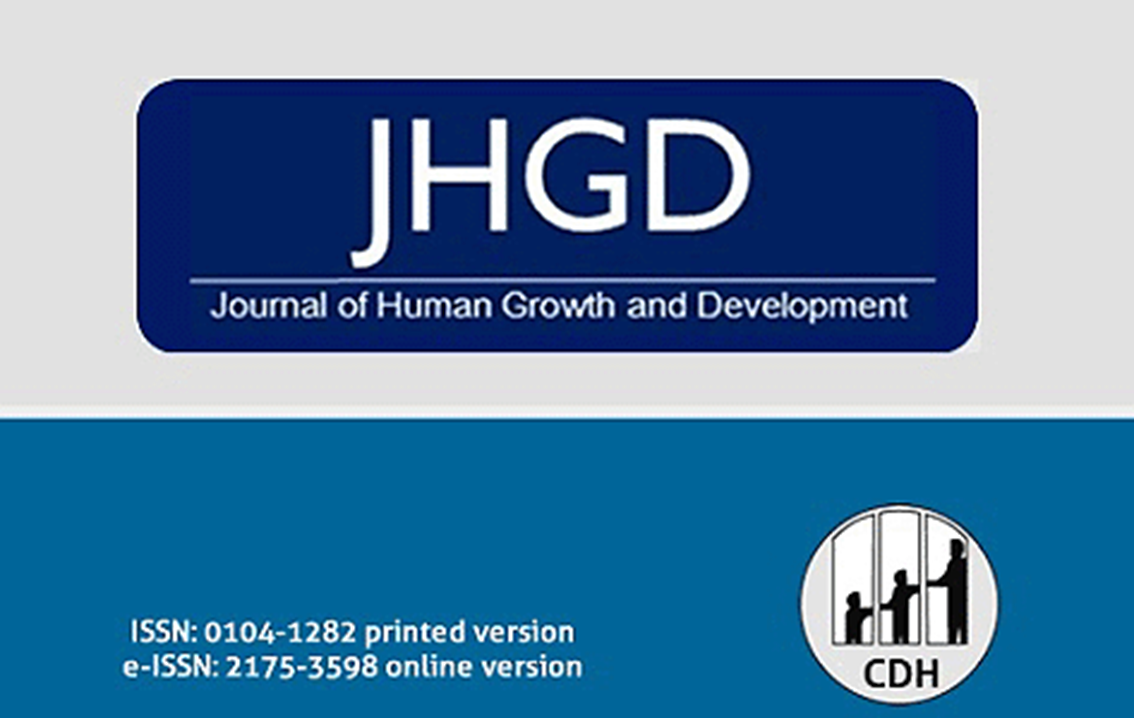Determinants of Time to First Birth among women in Ethiopia using Cox Proportional Hazards Model
DOI:
https://doi.org/10.36311/jhgd.v32.13145Palabras clave:
birth, age, proportional hazards modelResumen
Background: The age at first birth corresponds to the age of the mother giving birth to the first child. The study aims at accessing the determinants of timing to age at first birth among Ethiopian women.
Methods: The data for this study was extracted from the published reports of Ethiopian Demographic and Health Survey. The study used15, 683 women aged 15-49 years from nine regions and two city administrations. Cox Proportional hazards model was used for identifying factors associated with age at first birth.
Results: The median time of age at first birth for Ethiopian women was22 years with 95% CI; (21.82, 22.18). Cox Proportional Hazards Model shows that region, place of residence, education, wealth index, religion, work status, age at first marriage, age at first sex, and use of contraceptives have significant effects on the age at first birth at 5% level of significance. From region category, Amhara region (p-value=0.398), Benishangul Gumuz(p-value=0.112) Region, and Gambella region(p-value=0.062) were not significant at 5% level of significance.
Conclusions: The age at first birth was positively correlated with the age at first sexual inter course. A woman who has sexual intercourse much earlier gives birth earlier than a woman who is late for first intercourse.
Descargas
Referencias
National Population Commission (Nigeria) and ICF International. Nigeria Demographic and Health Survey 2013. National Population Commission, Abuja, Nigeria; 2014.
OECD. Mean Age of Mothers as First Child Birth. 2012.
Manda S, Meyer R. Age at first marriage in Malawi: a Bayesian multilevel analysis using a discrete time to event model. Roy Stat Soc: Series A2005; 168: 439-455.
Gyimah SO. The dynamics of timing and spacing of births in Ghana. 57TJ Comp Fam Stud57T 2005; 36: 41-60.
Lloyd CB. Growing up global: the changing transitions to adulthood in developing countries. Washington, DC: the National Academies Press; 2005.
AminulHaque M, Sayem AM. Socioeconomic determinants of age at first birth in rural areas of Bangladesh. Asia Pac J Public Health. 2009; 21:104–11.
Daury, S.C. Bayesian Analysis of Cox Proportional Hazards Model for Time to First Birth after Marriage of Women in Bangladesh. Dhaka: Population council, 2012.
Azad, M.R., Mohitul, A.M. & Mohammad, M.A. Analysis of the determinants of marriage to first birth interval in Bangladesh. International Journal of Management and Sustainability, 2013, 2(12), 208–219.
Central Statistical Agency, Ethiopian Demographic and Health Survey, Addis Ababa, Ethiopia, 2016.
Aalen, O., Borgan, O., &Gjessing, H. Survival and event history analysis: a process point of view. Springer Science & Business Media, 2008.
Cox, D. R. Regression Models and Life Tables (with discussion), Journal of the Royal Statistical Society, Series B, 1972, 34(2).
Eshetu G. and Dula E. Age at First Marriage and First Birth Interval in Ethiopia: Analysis of the Roles of Social and Demographic Factor. African Population Studies, (2014). Vol. 28, Nº 3.
Anuwoje, I., & Albert, L. Survival analysis of time to first birth after marriage. Research on Humanities and Social Sciences, 2013. 3 (12), 117–126.
Chandrasekhar S. Factors Affecting age at marriage and age at first birth in India. J. Quantitative Econ. 2010, 8(2): 81-97.
Kumar GA, Danabalan M. Determinants of Delayed First Birth. Indian J Community Med. 2006; 31: 4–5.
Nath, D.C., Land, K.C. &Goswami, G. Effects of the status of women on the first-birth interval in Indian urban society. Journal of Biosocial Science, (1999), 31(1), 55-69. Avaliable from: http://www.ncbi.nlm.nih.gov/pubmed/10081237
Singh, S. N., &Narendra, R. Survival analysis of duration of waiting time to conception. Electronic Journal of Applied Statistical Analysis, 2011, 4(2), 144–154. Doi: 10.1285/i20705948v4n2p144.
Miller, B. C., & Heaton, T. B. Age at First Sexual Intercourse and the Timing of Marriage and Childbirth. Journal of Marriage and Family, 2014, 53(3), 719–732.
Adebowale SA, Fagbamigbe FA, Bamgboye EA. Contraceptive use: implication for completed fertility, parity progression and maternal nutritional status in Nigeria. Afr J Reprod Health; 2011, 15: 60–7.
Descargas
Publicado
Número
Sección
Licencia
Derechos de autor 2022 Alemu YM, Gobena MG

Esta obra está bajo una licencia internacional Creative Commons Atribución 4.0.






